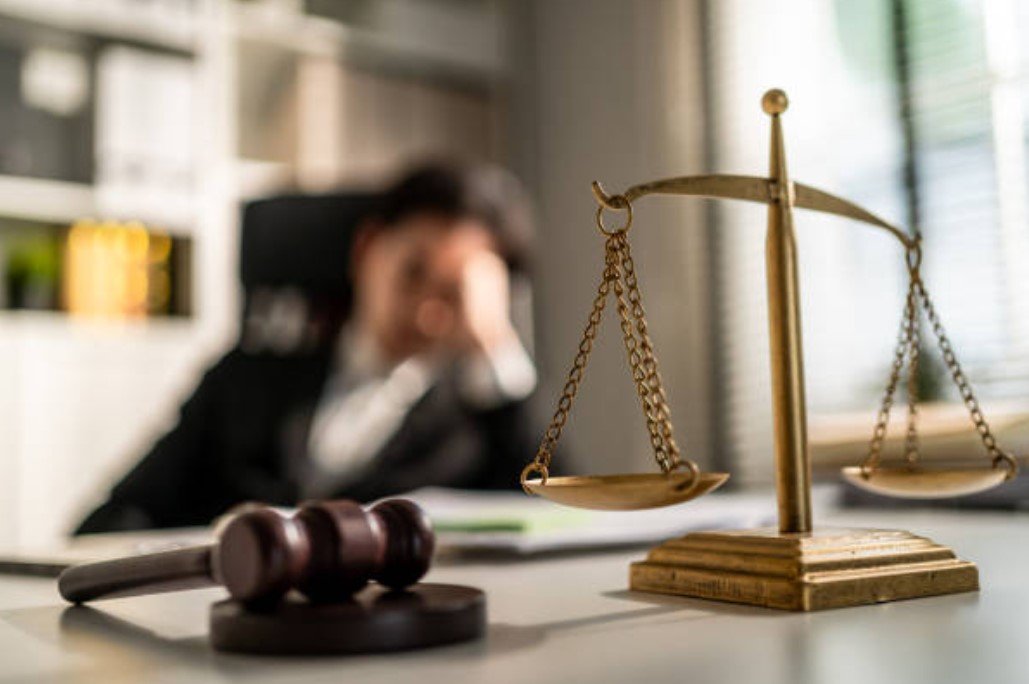There is a great shift due to integration of the digital adoption in business and trade. Now professionals expect speed, accuracy, and transparency. Fortunately, real-time payments are capable of providing the same that keep the professionals ahead. This also raises the hope for the bright future of mobile wallets. Real-time payment has brought a new revolution in the financial industry.
As per the survey conducted in the year 2018 by Ovum and ACI Worldwide there are about 77% of merchants across the globe except for real-time payment. This clearly proves the domination of the RTP mechanism over the traditional one.
What is real time payment?
The real-time payment is a payment feature that clears the payment quickly within the second instead of hours. It also confirms to the sender and recipient. These payments also carry more data in the payments. The sender and receiver get instant notification and confirmation in this type of mechanism. All these digital payment trends are part of a real-time payment scenario.
Some people think payment done with a credit card or debit card or any other digital wallet is real-time payment. They sometimes require 72 hours to clear the settlement via the bank settlement process. Funds are not clear till the completion of the settlement process.
The network of the real-time payment system is active for 24x7x365. This means they are available online and transfer the money instantly. One of the important characteristics of real-time payment is an open loop that connects the payment directly to the personal account.
What are the benefits associated with RRP to the organization?
RTP provides many favours to the consumer and professionals as well. The real-time payment makes it possible to manage the cash flow for any business. The mobile money system enhances the visibility into the payment for financial institutions, consumers and merchants. Overall it gives a positive impact on the cash flow.
Some other merits are as follows:
- Reduction of the payment cost and gives valuable service to the customers.
- Cut down the fraud risk
- Establish new customer segment
- Innovation of new product offering to increase the market share
- Bettering the long term customer relationship
- Hike the revenue
- Stimulate the consumer spending
Accuracy and error-free: Real-time payment makes it easy to reduce the costly errors that are associated with the traditional process. Also, it enables the completion of the process within the timeline.
Timing and execution: It is simple to forecast the cash flow and records with real-time payment. They can be made precisely at the period of scarcity.
Complexity: The real-time payments that are API enabled are easy to implement and integrate. This makes it easy to adopt the new technology. Ultimately the cost of manpower and resources is also reduced.
Security: Companies can monitor their account with push transactions. The additional layer of fraud, information security and operation infrastructure prevent the fraud.
What are its other plus points?
Real-time payment allows customers to avail of speed and deep insight into the activity associated with their money. They can do the complete transactions within a second.
Additionally, customer loyalty and reward programs are also other points of attraction for the consumers that are easily available in the mobile wallet.
The more predictable cash flow and improved management are beneficial for all small businesses to larger companies. With open payment, real-time payment also provides a new stream of revenue.
The Government entities can also integrate real-time payment into their process. This makes the operation efficient and runs on time. Thus saves time to a great extent.
With real-time payment, both payees and payers get the benefit. Either side party could easily incorporate the RTP system to automate the whole process.
Due to all the above merits, financial services and fintech digital solutions provider also like to integrate real-time payment into their mechanism.
Challenges in real-time payment:
There are certain issues associated with the RTP process. To run a smooth mechanism any professional has to focus on the following points.
- To provide a strong internet and latest technology-based process.
- Ensuring the effective management of interbank settlement
- Conveying confidence to the end-user
- Use of open architecture that reduces the cost and time to the market
- Providing easy access to all the participants
Verdict:
The modern market will continue to look forward to the adoption of real-time payment. It has made the process quite simple and results-oriented. This mechanism has proved to be come out clean in the market, So it would be not wrong to expect. That in the coming time it will come with other advanced features. To avail of the robust real-time payment system, one should hire remote developer’s team that can provide a high-quality solution.





